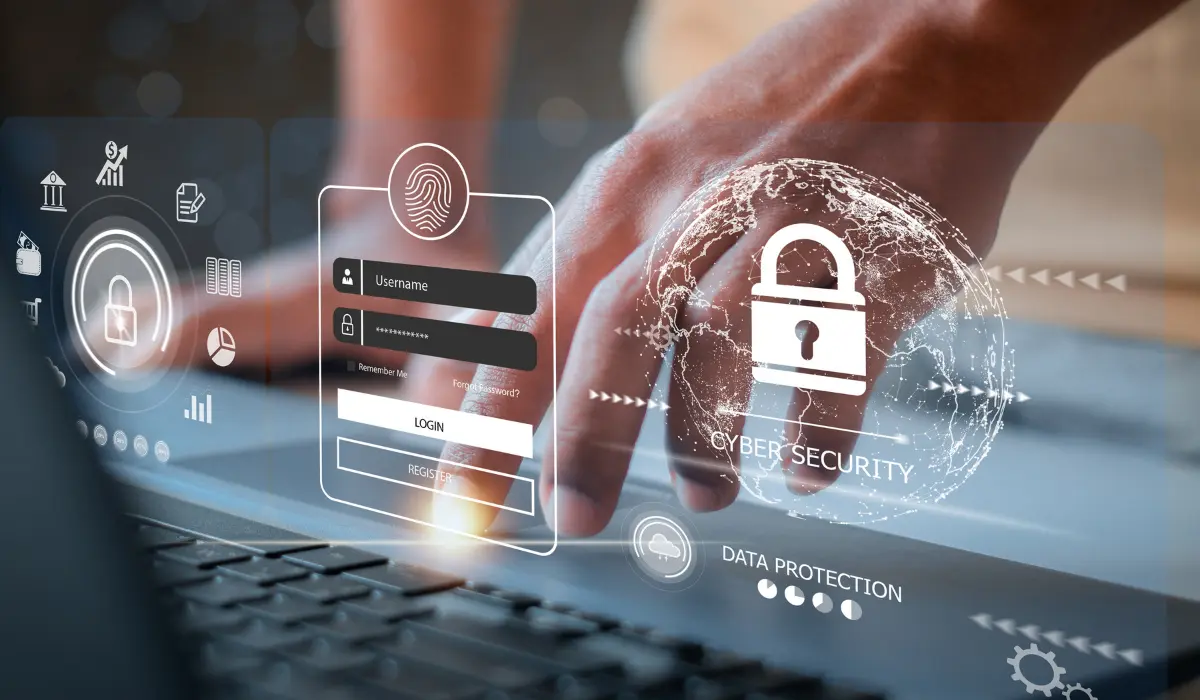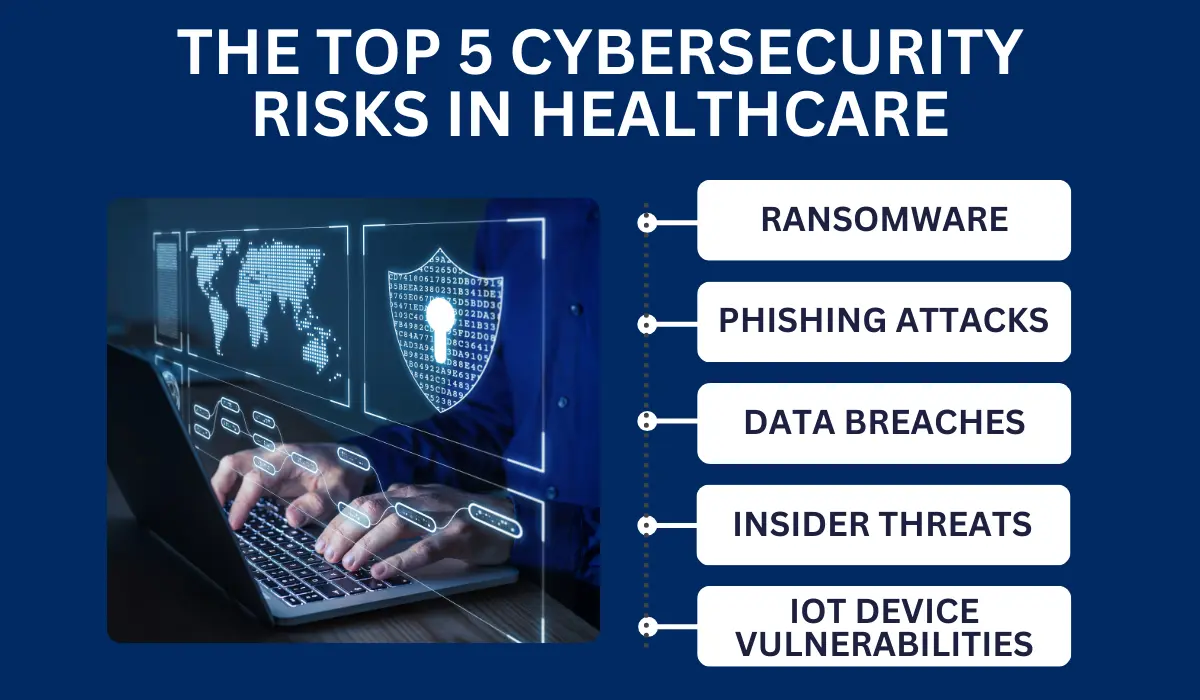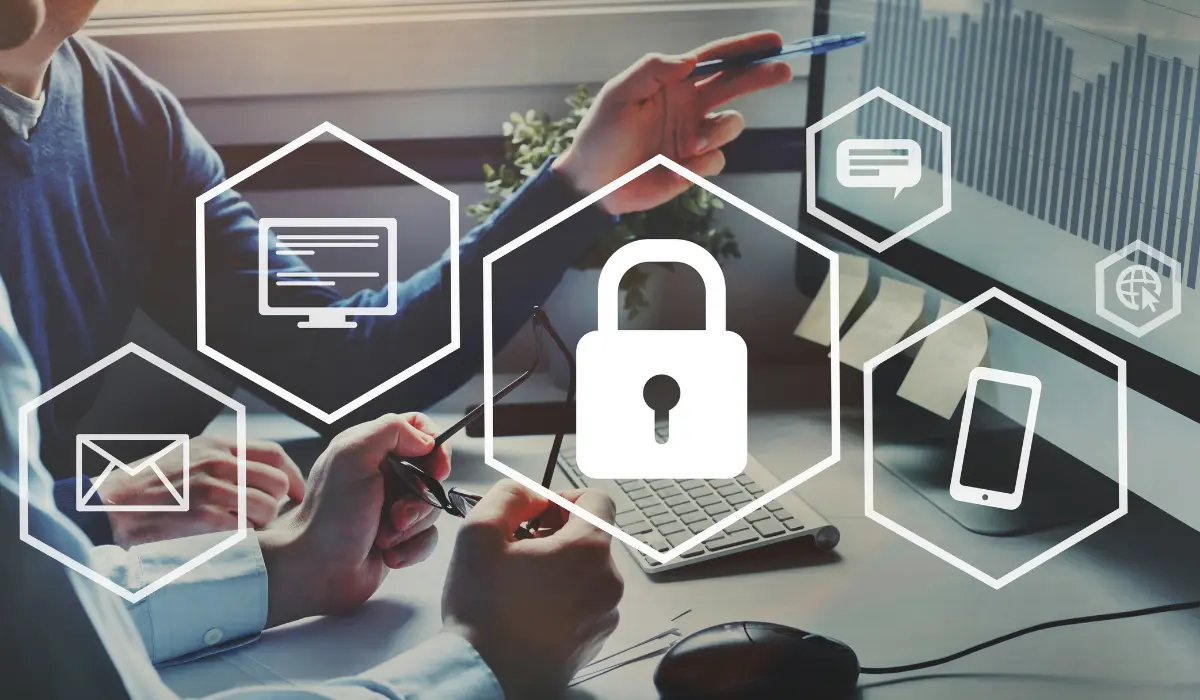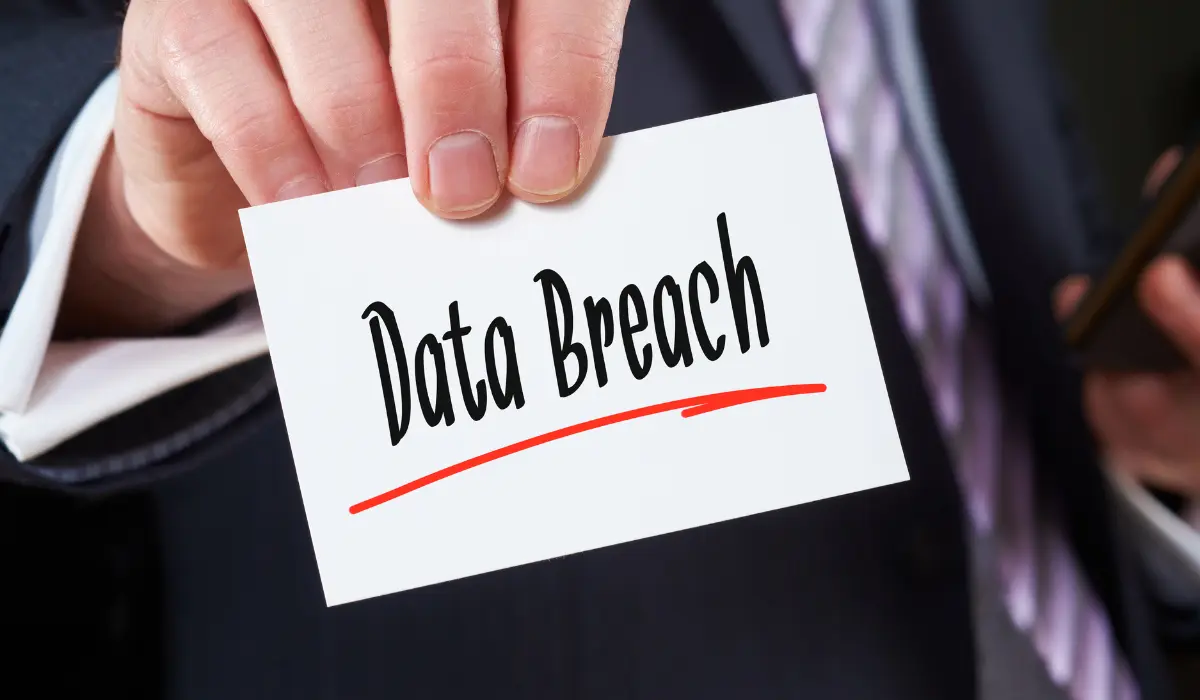
In recent years, healthcare organizations have become a prime target for cybercriminals. Electronic health records are full of patient data that is highly valuable to these attackers.
We saw this trend come to a head in early 2024 during the Change Healthcare cyberattack. Change Healthcare is a subsidiary of UnitedHealth Group, one of the largest healthcare organizations in the country.
This devastating breach affected healthcare operations for over a month, and early estimates stated that up to one-third of Americans could be affected.
Every organization in the healthcare industry needs to take steps to protect themselves, from small neighborhood clinics to large hospital groups.
Let’s dive into five of the biggest security threats in healthcare and what you can do to protect your business and your patients.
Key Takeaways
- Organizations in the healthcare industry are very vulnerable to cyberattacks due to the sensitive data they work with.
- Top cybersecurity risks for healthcare organizations include ransomware, phishing, data breaches, insider threats, and IoT vulnerabilities.
- Investing in a strong cybersecurity strategy can help healthcare organizations prevent devastating data loss.
- If you don’t have the cybersecurity expertise you need in-house, a managed services provider will help you protect your systems.
The Top 5 Cybersecurity Risks in Healthcare
Hackers are always developing new and increasingly sophisticated strategies to target healthcare providers. Here are five of the top security risks that healthcare providers need to watch out for.
Ransomware
Ransomware is a form of malicious software designed to capture sensitive information. These insidious malware programs infiltrate and lock your systems, holding them for “ransom”.
The victims either need to pay a ransom fee to regain access to their systems, or risk losing the data. The hacker may also use the data they’ve accessed to conduct further cyberattacks and identity theft, or even sell it on the dark web.
Ransomware is typically spread through malicious emails, websites, and app downloads. Backing up your data at regular intervals can help you mitigate damage in the event of a ransomware attack, as you won’t be completely locked out of your systems.
Phishing Attacks
Phishing is a form of social engineering in which the cybercriminal poses as a trusted source in an attempt to gain access to sensitive data.
Phishing attacks that target healthcare organizations often come in the form of an email, text message, or social media message.
Hackers will often send an email pretending to be a trusted service provider or third-party vendor, hoping that you will respond with your username, password, or other sensitive information.
Some hackers will also use targeted phishing attacks, also known as spear phishing. In these attacks, the cybercriminal will research your company carefully, posing as a coworker, client, or partner to gain your trust.
Many cybercriminals have started using generative AI technology to write phishing emails, making them more difficult to spot. Employee vigilance and awareness is key to stopping phishing attacks in their tracks.
Data Breaches
Data breaches are dangerous cybersecurity incidents in which someone gains unauthorized access to your systems and data. Hackers use a variety of sophisticated strategies to breach your existing cybersecurity measures.
These breaches can be particularly devastating for healthcare organizations for several reasons. If patient records are exposed, it puts them at risk for individual identity theft, causing a huge breach of trust between you and your patients.
When patient information is exposed in a data breach, it is a HIPAA violation, which means that your organization could receive heavy fines.
Data breaches in the healthcare sector are incredibly costly in general. In fact, the average cost of a healthcare data breach in the first half of 2024 is approximately $9.8 million — the highest of any industry.
Insider Threats
While other cyberattacks come from outside your organization, insider threats are particularly dangerous because they come from your own employees or partners. In these cases, someone with access to your systems puts your data security at risk.
Insider threats aren’t always malicious. In many cases, employees accidentally expose protected health information due to a lack of training or awareness.
Unfortunately, sometimes insiders will attack your systems deliberately. Disgruntled employees can be particularly dangerous in this regard, as they may feel personally motivated to cause damage to your systems.
Third-party service providers can also be an insider threat if they don’t have a robust cybersecurity strategy in place.
If a hacker attacks your service provider’s systems, they could inadvertently pass that risk on to you.
IoT Device Vulnerabilities
The internet of things, or IoT, is a broad category of internet-connected devices, such as smart thermostats, security systems, and even medical devices.
While these devices make our lives easier and more efficient in many ways, they also pose a significant security risk.
Hackers often use IoT devices as attack vectors to launch DDoS attacks. In these attacks, hackers flood your systems with requests to overload them.
This serves as a distraction while the hacker infiltrates your systems to compromise medical records and other sensitive data.
One reason these attacks are so common is because many organizations fail to update their IoT devices in a timely manner. This leaves these devices particularly vulnerable to cyber attacks.
How Can You Protect Yourself?
Cyber attacks are devastating for healthcare companies. They disrupt operations, erode patient trust, and result in significant financial losses.
This is why strong cybersecurity practices are so important for healthcare organizations. Here are some of the steps you can take to protect yourself and prevent these attacks.
Strong Access Controls
Implementing strict access controls helps prevent threat actors from infiltrating your systems. Access to your systems should be limited only to employees who need it for their day-to-day operations.
If you keep physical copies of patient health records, these should be stored in areas that are blocked off from the rest of your facilities.
Digitally, every employee should have a unique username and password that is too complex for cyber criminals to guess. You should also require multi-factor authentication to access secure data.
Multi-factor authentication requires users to enter a one-time passcode sent to their phone or email in addition to their password in order to log in.
Regular Security Assessments and Audits
In order to prevent data breaches, you need to understand where the vulnerabilities in your system lie. As technology advances, you’ll need to update your systems to protect your organization from the latest threats.
To do this, you’ll need to conduct security assessments and audits on a regular basis. Assessments should review every aspect of your healthcare cybersecurity strategy to identify potential entry points for hackers.
Ideally, these audits should be conducted by cybersecurity professionals outside of your organization, as they can catch vulnerabilities that your internal staff might miss.
Employee Training and Awareness
Your employees play an important role in warding off cybersecurity attacks. Providing regular cybersecurity training to your entire team can help prevent any accidental data breaches.
Ideally, your employees should be familiar with the signs of phishing and other common forms of social engineering. Encourage them to make a report to your organization’s IT leaders if they receive any suspicious messages so you can follow up.
You can also conduct simulated phishing attacks to assess your employees’ cybersecurity knowledge. If an employee repeatedly fails phishing tests, that’s likely a sign that they need more training.
Advanced Security Technologies
At minimum, your organization should have a strong firewall for your network as well as anti-virus software on every device. However, this is just the tip of the iceberg for vulnerable healthcare systems.
It’s worthwhile to invest in more advanced security technologies to add extra layers of defense to your network. For example, you might opt for more advanced intrusion detection and system monitoring.
Compliance and Regulatory Adherence
Compliance is key for healthcare organizations. Failing to comply with relevant cybersecurity laws and regulations could leave you vulnerable to fines and damage your reputation.
In particular, healthcare organizations need to prioritize complying with HIPAA and keeping patient health records private.
Depending on your location, you may also be required to comply with more general data protection laws, such as the California Consumer Privacy Act.
How Can an MSP Help?
A managed IT services provider offers expert cybersecurity services on a third-party basis. An MSP can help your healthcare organization by helping you design a robust security strategy, installing and configuring your systems, and providing ongoing system monitoring. This gives your team time to focus on what you do best — providing excellent care for your patients.
MSPs serve as your comprehensive cybersecurity partner and can scale their services to meet your needs. An MSP can work with your in-house IT department or as an alternative to it.



